Thermo- and Photo-Active Coatings for Windows
The project was focused on the synthesis of new materials based on transition metal oxides in the form of functional coatings for the production of “green” windows: environmentally and energetically efficient ones. To this end, we have designed several work sets to achieve the objectives of the project:
(i) preparation of thermochromic coatings,
(ii) preparation of photocatalytic coatings on glass
and plastics,
(iii) their use in the construction and modeling of windows,
(iv) research into their physicochemical properties in conjunction with the functional characteristics of the window – the thermal and light comfort, the removal of pollutants and the self-cleaning and anti-fogging surface.
The preparation of the coatings was based primarily on the low-temperature sol-gel synthesis and the use of pigment dispersions. At the laboratory level, the coatings showed high optical permeability, low opacity and at the same time desired thermochromic (TC) photocatalytic (PC) properties. With PC coatings we also coated the sample windows of the producer and partner in the project M SORA, and for two years they were exposed at three locations in Slovenia: Ljubljana, Žiri and Nova Gorica (see pictures below). The self-cleaning effect was not pronounced and was found similar to the SGG BIOCLEAN® commercial self-cleaning glass, while our PC coatings have proven to have an improved anti-fogging property both in the laboratory and on an already installed window exposed to the north side of the building in Ljubljana (Eternal Path 113). Such coatings are stable and photoactive even after the end of the project.
The TC effect was achieved with VO2-based coatings, which allow the modulation of transmissivity and reflexivity in the near IR (NIR) and thermal IR spectral range as a function of temperature. The temperature of the phase transition from the semiconductor (NIR and IR permeable) into the metal state (NIR absorbent and reflective) of the TC coating on the glass and their optical permeability was changed by adding the corresponding dopants (Mg, Zn, W, Mo, Sb: SnO2). The preparation of pigment dispersions was carried out by grinding VO2 pigments in the presence of various dispersants according to established procedures.
PC effect was achieved with TiO2-based coatings that catalyze the degradation of pollutants under the influence of solar radiation and make it easier to rinse due to the phenomenon of photoinduced superhydrophillicity on the surface of the semiconductor, which was demonstrated on a real window at the FKKT building in Ljubljana. The preparation process was based on the synthesis of an acidic aqueous sol containing photochemically active TiO2 nanoparticles (in the case of involving other semiconductors, another ZrO2 or SnO2 phase), and a silicate binder. The formulation of the solutions was optimized for application to glass and flexible polymeric substrates, where the SiO2 phase also had the role of preventing the degradation of the polymer when exposed to long-lasting solar irradiation.
Significance for the development of Slovenia
Successful use of the thermochromic layers on windows would allow for energy savings, as windows would become obscured at a higher temperature and thus regulate/reduce the inflow of solar radiation into buildings. Therefore, the application of thermochromic coatings on commercial windows would allow for the sale of a new product, and consequently the promotion of the link between the academic and the private sector. The project has enabled the overview of VO2-based materials and the verification of synthetic pathways leading to them, as well as the possibility of preparing VO2-based thermochromic layers. In any case, the commercial product still has a long way to practical technological development.
With the project, we have shown that with the domestic knowledge, photocatalytic (self-cleaning and anti-fogging) thin films can be prepared under mild synthetic conditions on mineral as well as thermally unstable substrates that are competitive or more effective than commercially available self-cleaning glasses from a foreign manufacturer. With this segment of research, we achieved and exceeded the properties of the commercial product and showed that the layers can easily be applied to larger surfaces, which is undoubtedly a contribution to the development of Slovenia. The economic viability of the transfer to production has not yet matured; Similarly, already existing self-cleaning glasses of foreign manufacture, prepared with more demanding technology and sharper conditions, did not achieve the expected (and advertised) results during the two-year period of weather exposure.
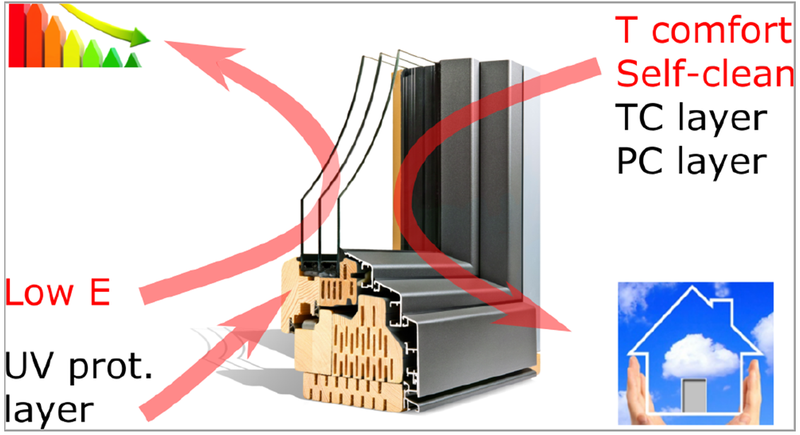
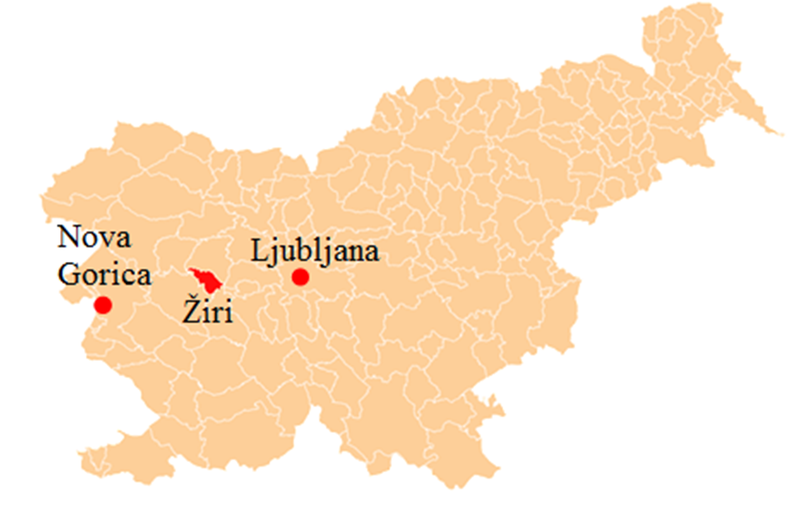
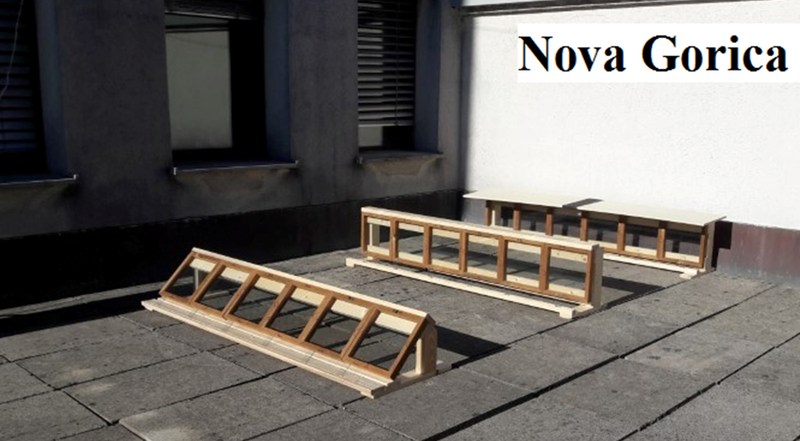
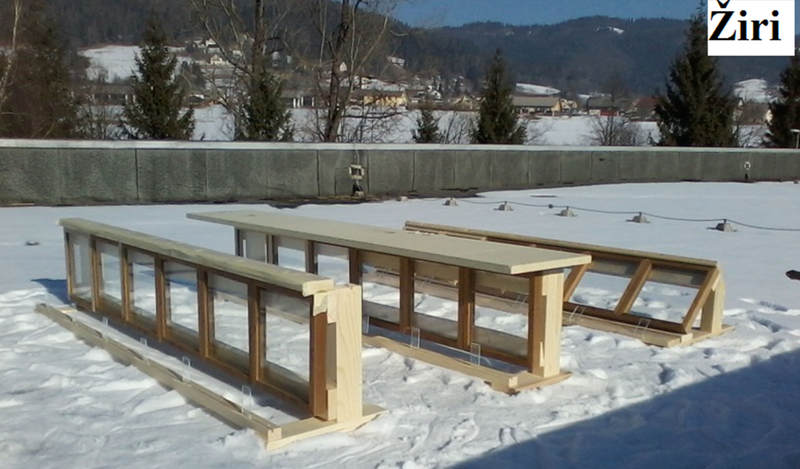
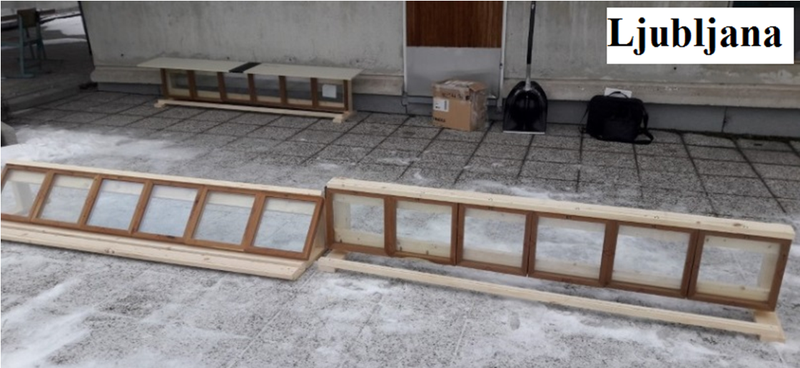
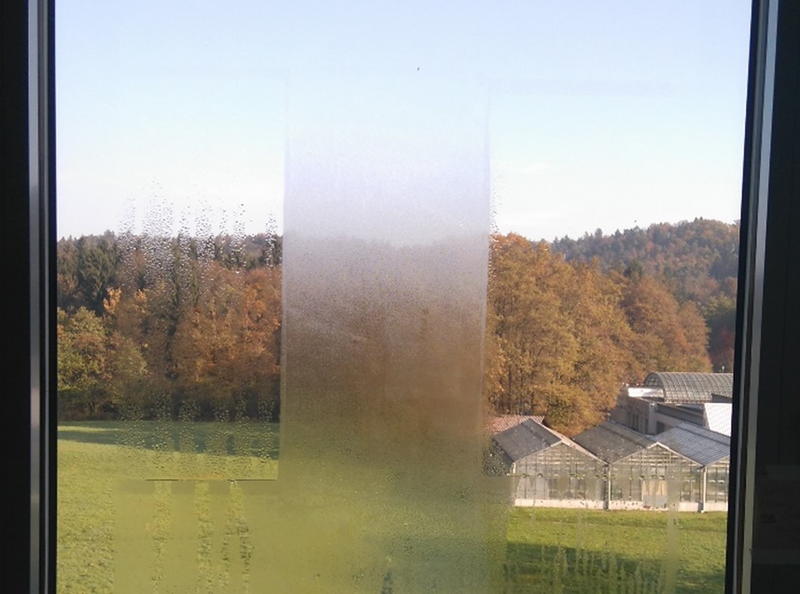
Partners participating in the project: University of Nova Gorica (coordinator); National Institute of Chemistry; University of Ljubljana, Faculty of Chemistry and Chemical Technology and Faculty of Civil Engineering and Geodesy; M SORA, Inc.
Duration of the project: 1. 3. 2016 – 28. 2. 2019
